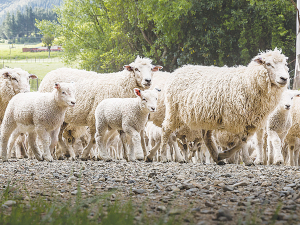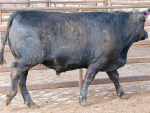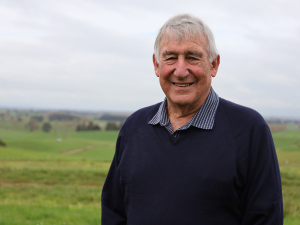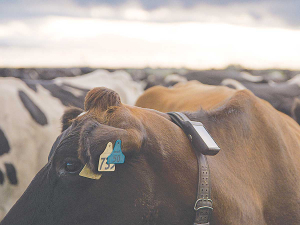I wrote an article in the May 6th issue of Rural News about how when set-stocking ewes for lambing, they need spreading lightly - and topped up with cattle after the lambs have dropped.
People have responded that this suggestion is all very well, if you have cattle available.
I'd like to point out I had made reference to this, but unfortunately, it was edited out before printing, in order for the article to fit the available space.
What I had said was: "The cattle side of the equation gives security by way of flexibility. Meaning, numbers can be adjusted to suit. Because stock-carrying capacity is not an exact science, as there are so many variables, including the weather. But if you don't have cattle to utilise, then that makes it a trickier ball game altogether."
Anyway, I'm now doing a follow-up on stock handling. Firstly, the thing to understand about sheep is they're silly at the best of times, but if you put too much pressure on them, they can be stubbornly difficult; even to the point of spiting themselves. Mind you, people can be like this too!
Stockmanship (stock sense) means the ability to read stock, i.e. anticipate their next move and be positioned correctly. Just like a top rugby player. But if you have to be taught this, you'll never really get the hang of it.
Another point it, there's an ethical code in the sense that, when mustering, stock shouldn't be crushed through gateways. You should stand well off, or else position yourself near the gateway, to slow the flow. And the dogs should be told to shut the hell up.
The best move I made was to fence a lane through the farm. I can't describe how much easier it made the moving of stock. A kid on a push bike with a fox terrier could do it.
Since phasing out horses, we've had to draft cattle on foot in the actual yards. So I found that a thin 2.4 metre length of Manuka is best for that job, because you can stand off the cattle to avoid being kicked.
And you can use the stick to reach into a corner of the yard where cattle have bunched up, in order to get the one you want, by tapping it on the nose, which makes it back out of there.
Also, the person at the gate through which cattle are being drafted can use a long stick to keep the main mob at bay. Otherwise, the odd one will make a break through the gate.
A long stick is also essential when loading cattle up the race onto a truck. Meaning you can, through the rails from the outside, give the one at the front a little poke under the tail from well back, so as not to disrupt the flow by getting too close and cause the following beast to balk.
I've mentioned using a long stick because it can be so much better than a short length of alkathene.
I must add as a final sentiment that it should be acknowledged there is more than just yourself involved in farming. By that, I mean what needs emphasising to men is that dogs, horses and wives will work their hearts out - so instead of being taken for granted, they deserve to be treated nicely in return. In fact, they should be lavished with kindness and affection.
Kerry Butler farms in Waipawa, Central Hawke's Bay.











